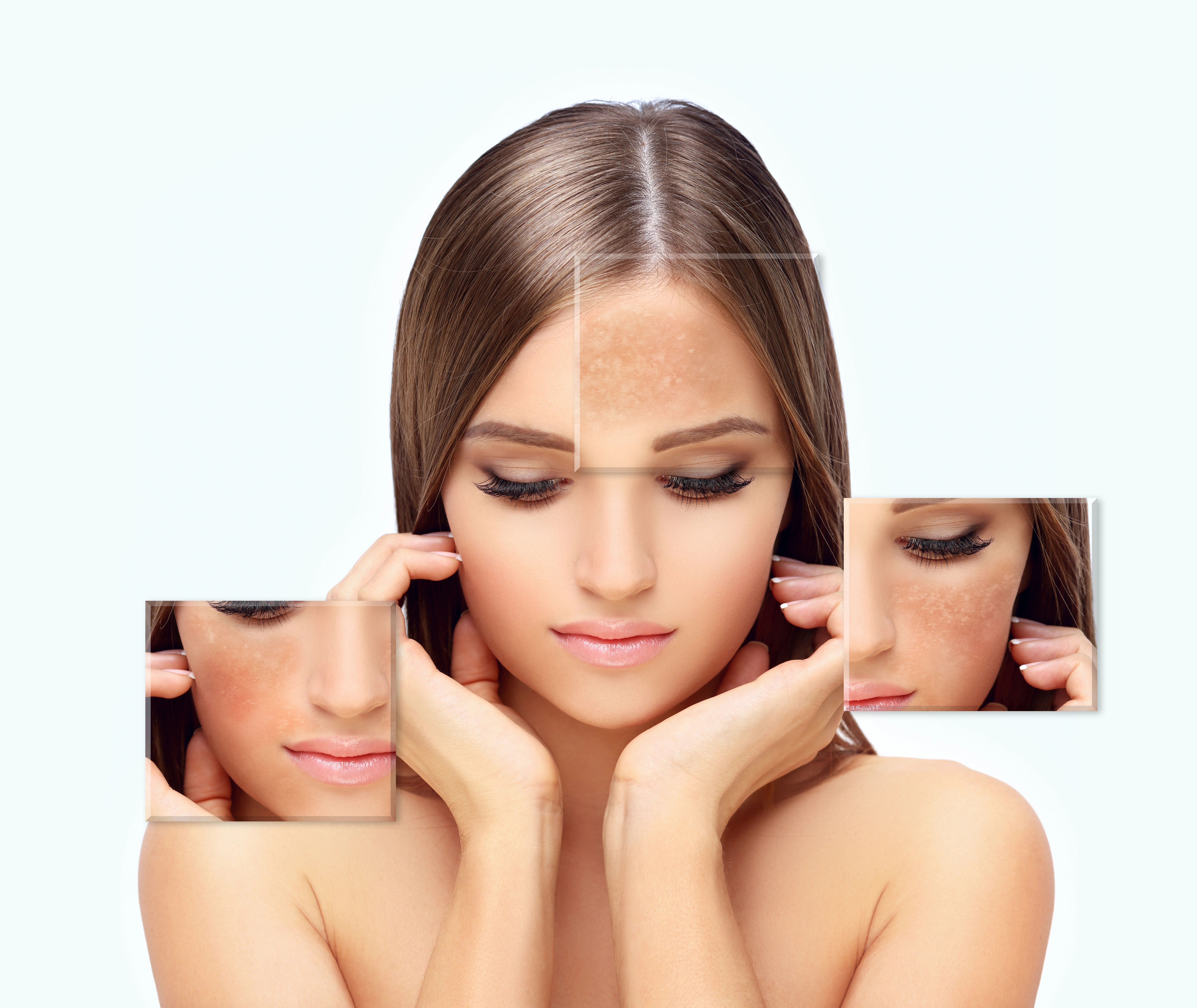Pigmentation Solutions for Healthy, Glowing Skin
Skin is often called the mirror of our health, and one of the most common concerns people face is pigmentation. Whether it’s dark spots, uneven skin tone, or stubborn patches, pigmentation can affect anyone regardless of age or skin type. The good news? With the right knowledge and care, pigmentation can be managed effectively.
What is Pigmentation?
Pigmentation is the natural coloring of your skin, hair, and eyes that comes from a pigment called melanin. Melanin is produced by special skin cells known as melanocytes. The amount and distribution of melanin determine whether your skin is light, medium, or dark in tone.
When melanin production is balanced, your skin looks even and healthy. But sometimes, this process gets disturbed due to sun exposure, hormonal changes, aging, or medical conditions. This leads to uneven skin tone, dark patches, or lighter spots — all of which are referred to as pigmentation disorders.
There are two main types of pigmentation issues:
- Hyperpigmentation : Too much melanin, causing dark spots or patches.
- Hypopigmentation :Too little melanin, leading to lighter patches on the skin.
In simple terms, pigmentation is the science behind skin color, and any imbalance in melanin can change how your skin looks. While pigmentation itself isn’t harmful in most cases, it can affect your appearance and confidence which is why many people look for effective treatments.
Common Causes of Pigmentation
- Sun Exposure : Excess UV rays stimulate melanin, causing tanning and dark spots.
- Hormonal Changes : Especially during pregnancy or due to birth control pills, leading to melasma.
- Aging : With age, age spots or liver spots appear due to prolonged sun damage.
- Post-Inflammatory Hyperpigmentation (PIH) : Dark marks left behind after acne, cuts, or skin injuries.
- Medical Conditions : Issues like Addison’s disease or vitamin deficiencies can also cause pigmentation.
Types of Pigmentation
- Melasma – Brown or grayish patches, often seen on the face.
- Sunspots – Small, flat dark spots caused by UV exposure.
- Freckles – Tiny brown spots, mostly genetic but worsened by the sun.
- PIH (Post-Inflammatory Hyperpigmentation) – Dark patches after acne, eczema, or burns.
How to Prevent Pigmentation
- Always Wear Sunscreen – Broad-spectrum SPF 30+ daily.
- Avoid Harsh Sun – Use hats, scarves, and sunglasses.
- Healthy Diet – Include Vitamin C, E, and antioxidants.
- Gentle Skin Care – Avoid over-exfoliation and harsh products.
- Hydration – Drink enough water for glowing, healthy skin.
Effective Treatment Options
- Aloe Vera Gel – Soothes and reduces dark spots.
- Avoid Harsh Sun – Natural bleaching and moisturizing effect.
- Healthy Diet – Anti-inflammatory and brightening properties.
Home Remedies
- Topical Creams – Containing Vitamin C, Kojic Acid, or Hydroquinone.
- Chemical Peels – Removes dead skin and lightens dark spots.
- Laser Therapy – Targets deeper pigmentation.
- Microdermabrasion – Exfoliates and evens out skin tone.
Medical Treatments
Pigmentation may seem challenging, but it doesn’t have to define your skin. By protecting your skin from everyday triggers, staying consistent with care, and exploring safe treatment options, you can restore a healthier, brighter, and more even skin tone over time.

